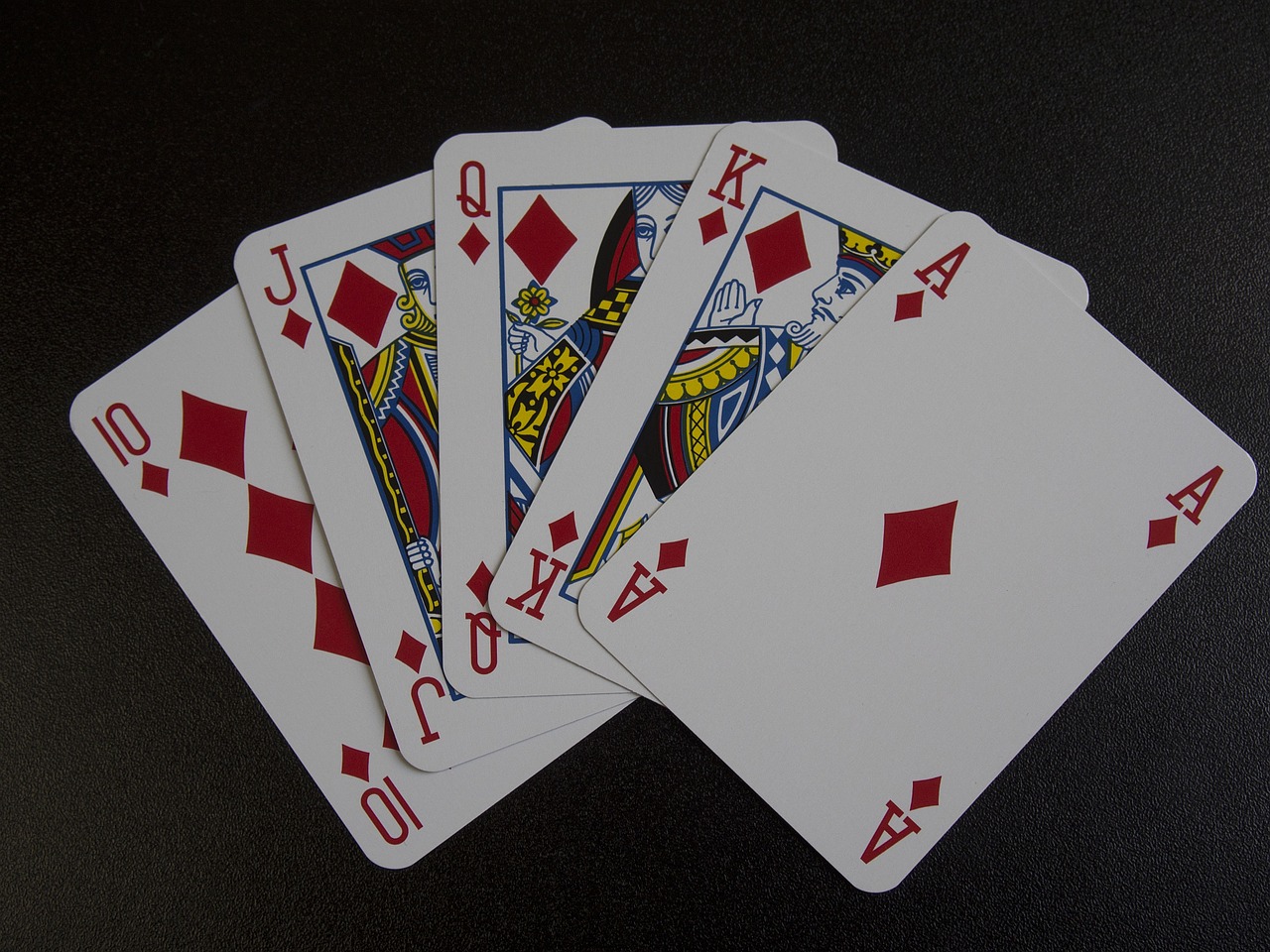Poker is an incredibly popular and multi-faceted game that anyone can learn. Whether you’re playing poker with family and friends or in a competitive tournament, the basics of the game remain the same.
As you get more comfortable playing the game, understanding the poker rules and specific terminology will soon become crucial for developing your skillset. If you’re just starting out and looking better to grasp some of poker’s most commonly used terms, this post will provide you with all the information needed to understand what is being said during play.

Ante
An ante is an essential part of any hand of poker, and players should understand its purpose in sitting at a table. An ante is a predetermined amount of money everyone puts in the pot before any cards are dealt.
These bets give the players something to fight for from the first moments of play and provide an incentive to win the hand. Frequently, larger antes lead to more aggressive betting and raise stakes for high-stakes games.
An ante encourages each player to stay until the end since everyone has already made an effort to gain victory in the pot. Hence, learning how to use antes properly can help a beginner become a successful poker ace.
Blinds
Blinds are an integral part of poker, adding stakes to the game and encouraging more active play. There are two types of blinds: a small blind, usually one-half the size of the big blind, and a big blind, twice the size of the small blind.
Before any cards are dealt, each player must post a corresponding amount for their seat’s particular blind. The two players to the left of the dealer are typically obligated to post these amounts first.
It ensures that all hands have at least a minimum potential pot value, which creates an incentive for all players not to fold before even seeing the flop.
Flop
Knowing what a “flop” is in the poker game can make or break your success at the table. Simply put, the flop consists of three cards face up on the table, allowing each player to use this shared information when forming their own individual hands or folding theirs.
Learning to read these community cards effectively will make players make better decisions that improve their game. With the advent of poker online, the knowledge of a good post-flop strategy has become even more valuable.

Since you don’t have access to your opponent’s body language and betting habits, it becomes even more critical to understand how to decipher what these three cards mean for your hand accurately. Learn to identify common patterns such as draws and numerical straights, and you’ll be well on mastering flop play in no time!
Turn
The turn is critical in any poker game and can immensely influence the outcome. During the turn, all the players get one more community card, and another betting round ensues with this draw.
Players must pay attention to what poker cards are being played, as it could end up ruining someone’s chances of winning. As such, a keen eye when evaluating the competition’s hands is always key during the turn, as you will be equipped with more information than ever before.
Furthermore, decisions made during this phase could dictate who stays in and who falls out at that particular juncture. So make sure to focus heavily when the turn rolls around so you wouldn’t commit any poker mistakes.
River
The river is the final round of betting in a poker game. It is when players see the fifth and final community card being dealt face up on the board. Poker is exciting because its players will have to analyze their hands closely and decide how to use any of the five cards best to make their best possible hand.
Given that all players share any information presented in community cards, it’s an interesting play between guessing who holds what hidden cards and skill at developing one’s winning hands.
Even more thrilling is witnessing who manages to make said winning poker hands with their possessive combination of patience and risk-taking maneuvers throughout their gambling journey.
All-in
Going “all-in” during a poker hand is an exciting way for a player to stay in the game even when they have few chips left. When a player decides to go all-in, they are betting everything they have and cannot add any more money to the hand.
Since it is such a high stake bet, other players might become intimidated or fold because the pot is larger than what their chip stack could match. Going all-in can be an effective strategy when used well. Knowing how and when to use this term is essential for any serious poker player.
Check
Check is a pivotal move in poker that can either heavily benefit or hinder your chances of taking the pot. Checks are used to show passivity if you want to avoid committing more money into the pot.
On the other hand, when there are no bets on the table, checking allows you to stay in hand and see what happens on future streets without making an immediate commitment.
Pot Limit
Pot limit is a format of poker that determines the maximum amount that can be wagered on a single bet.
It also means that it pays to thoroughly understand the principles of bankroll management, as bets you make can easily exceed your chip stack. That said, the pot limit is excellent for players who want to spice up their game and test their skills against more seasoned opponents properly.
Conclusion
Poker is a game that anyone can learn and enjoy. With the knowledge of these essential terms, you will soon understand what is being said during poker play and start developing your skill set. Best of luck as you embark on your journey as you play poker games in the future.
